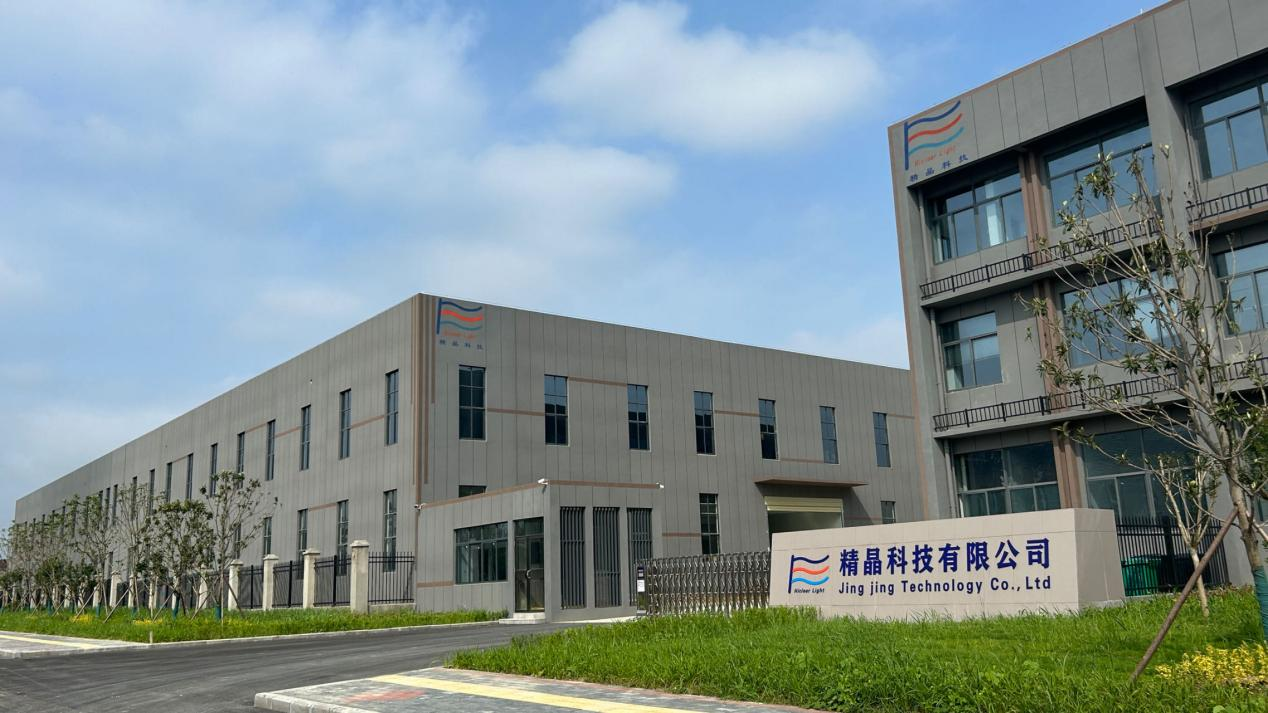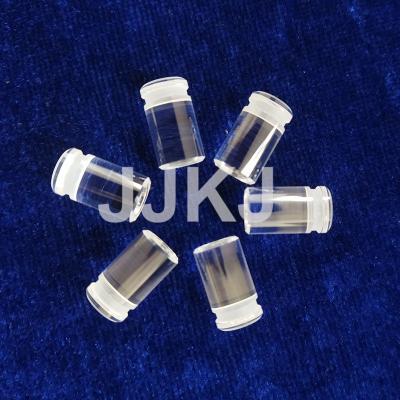SAPPHIRE IS HIGHLY ROBUST AT EXTREME TEMPERATURES:
A supported sapphire window can be taken to 1950C with no change to its shape and minimal reduction to mechanical performance. Sapphire windows are the perfect material for high temperature combustion chambers, gas processing and lamp shields.
Sapphire flats are ideal for furniture, boats and standoffs in high temperature furnace systems. Sapphire flats remain flat and dimensionally "perfect" up to 1700C. Because of sapphire's extreme chemical resistance many materials will not stick to sapphire in spite of high temperatures.
Sapphire windows and flats maintain the highest temperature rating of all optical materials in both oxidizing and inert atmospheres.
Sapphire windows can withstand considerably higher temperatures than the closest runner up material, fused silica, with zero degradation. Fused silica will degrade and devitrify over time at temperatures almost half the maximum operating temperature of sapphire.
Properties of Single Crystal Sapphire
| Chemical formula | Al₂O₃ |
| Purity | 99.999% |
| Crystal structure | Hexagonal |
| Density | 3.98g/cm³ |
| Hardness Mohs | 9 |
| Fusion point | 2045℃ |
| Boiling point | 2980℃ |
| Coefficient of Thermal Expansion | 5.8×10 -6 /K |
| Specific heat | 0.418W.s/g/k |
| Thermal conduction | 25.12W/m/k(@100°C) |
| Refractive index | no=1.768 ne=1.760 |
| dn/dt | 13×10-6/K(@633nm) |
| Transmission | T≈80%(0.3-5μm) |
| Permittivity | 11.5(//c), 9.3(⊥c) |



Sapphire Components
Sapphire's range of superior qualities make it ideal for optical and non-optical components. From the forward-facing optics of imaging systems to the thermal insulators in plasma systems, Sapphire's performance at extreme physical conditions often make it the preferred choice for the following:
Lightguides
Sapphire offers higher working temperatures in applications such as temperature thermometry and IPL systems, with a broad transmission.
Lenses
High optical quality Sapphire is used for lenses in systems that require durability and ruggedness where standard materials suffer from grit, impact and temperature damage. Sapphire lenses also offer high performance in laser devices, offering high thermal conductivity.
The broad transmission of Sapphire, across visible and NIR spectrums, make it ideal for FLIR imaging systems in hazardous environments, or where the reduced thickness of Sapphire lenses lead to reduced system footprint.
Tubes
Sapphire tubes, made using the Stepanov growth method, replace glass and quartz tubes in high temperature and pressure systems such as plasma applications and insulators.
Pins and Rods
As well as the optical proporties offered by Sapphire rods for fibre optcal and light-guide applications, the physical strength and inert nature of Sapphire make it ideal for engineering and structural uses.
Our Factory:
























